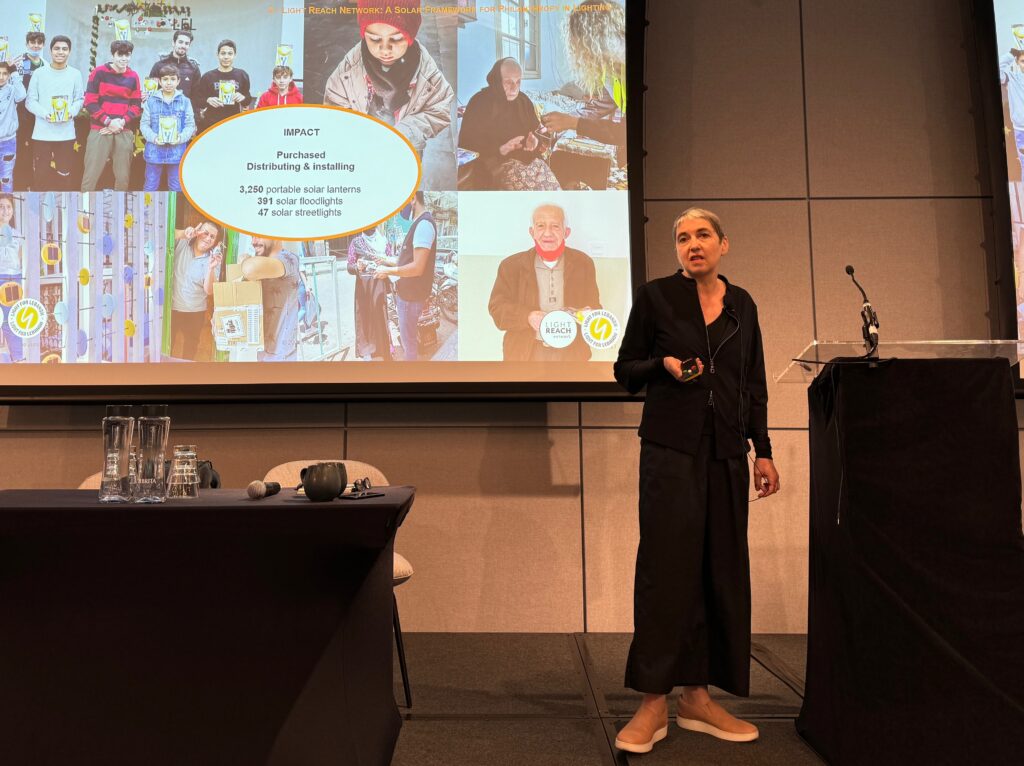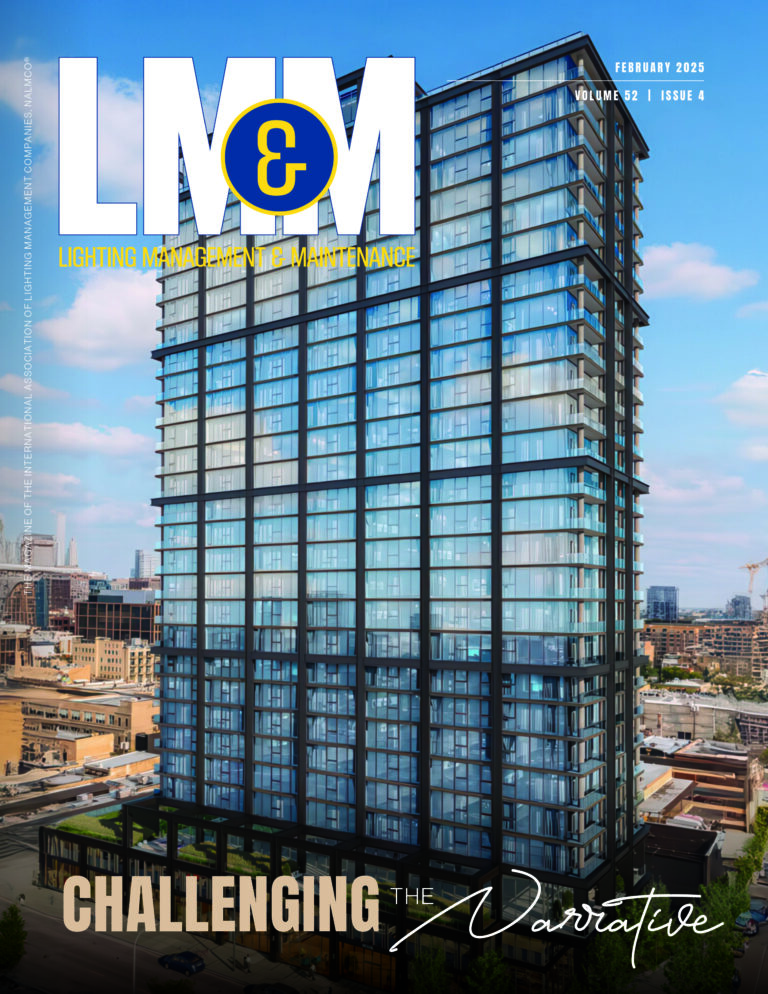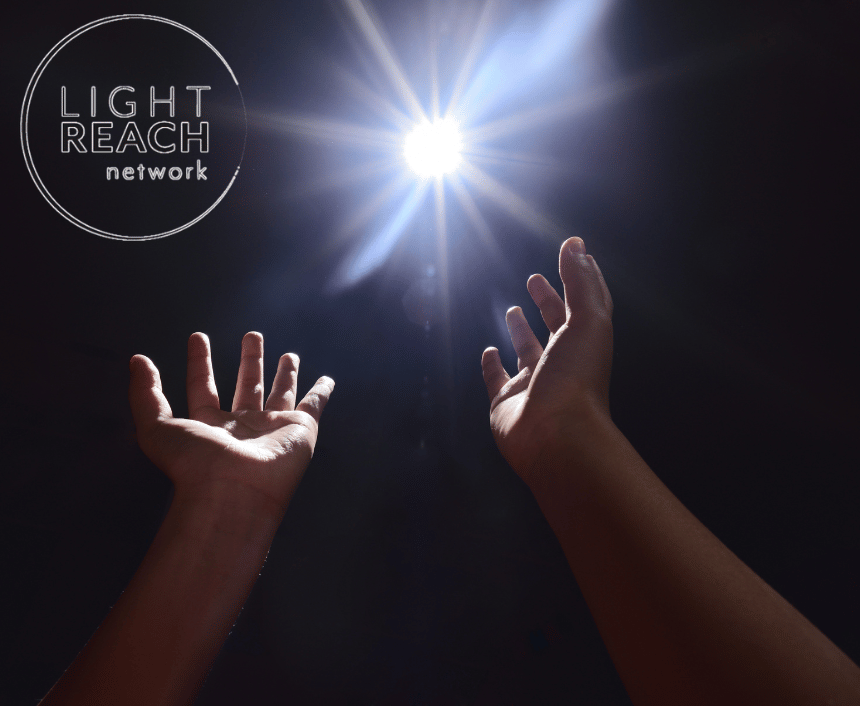At the recent IALD Enlighten Europe conference, Nathalie Rozot, CEO of PhoScope, delivered an insightful presentation on her groundbreaking initiative Light Reach Network and its programs conducted in Puerto Rico and Lebanon. This global solar-lighting project’s mission is to empower underserved communities with sustainable lighting design solutions and new knowledge about the power of lighting beyond mere illumination.
Lives in the Dark Matter
Nathalie’s presentation illuminated the critical situation in which electricity shortages and economic instability have left many communities in darkness. The global initiative’s goal is to transform dark environments into safe, well-lit spaces that can foster social, cultural, and economic activities.
One of the taglines used by Nathalie is that “Lives in the Dark Matter.” The Light Reach initiative focuses on deploying solar-powered lighting systems in regions with unreliable or absent electricity. Nathalie highlighted the cost-effectiveness, flexibility and efficiency of these systems, which can be quickly installed and require minimal maintenance. The Light Reach model includes a simple three-tiered palette of vetted products: pole-mounted solar streetlights, stationary solar lights, and portable solar lights.
Collaboration and Community Engagement
Nathalie emphasized the importance of working closely with local communities and organizations. She shared that the team collaborates with local partners and suppliers to ensure that the standard Light Reach model is adapted to the specific needs of each community. This approach not only supports local economies but also ensures that the installations are culturally and contextually appropriate.

Workshops and Training
A significant strategy of the Light Reach model is conducting workshops for various age groups. Nathalie explained that these participatory processes aim to educate the community about the benefits of sustainable lighting, how to use light to serve their needs and beautify their environments, and how to maintain the products. By involving community members, Light Reach ensures the longevity and effectiveness of its projects.
These workshops cover a range of topics and encourage active participation. Additionally, the program includes hands-on activities where participants collaborate on the design, layout, and installation of various projects, fostering a sense of ownership and involvement within the community.
After two short training sessions, the team’s volunteers commit to a typical Light Reach project, which lasts 10 days over three months and is typically divided into two to three trips, each lasting three to five days. They also engage in at least two educational and creative workshops, which are designed to include both children and adults from the community.
Challenges and Adaptations
Nathalie candidly discussed the challenges faced during the implementation of their projects. Political instability, economic constraints, and logistical issues often hinder progress. However, Light Reach’s adaptive model allows the team to adjust processes and structures and overcome some of these obstacles. For instance, during the 2020 pandemic, they had to stop work in Puerto Rico for lack of funding, but adjusted their model to provide lighting in Lebanon despite the many constraints that for instance prevented most participatory processes.
Sustainable Lighting Solutions in Lebanon
On August 4, 2020, the largest non-nuclear explosion in history tore through Beirut, destroying homes, businesses, and entire neighborhoods. The blast killed at least 218 people, injured 7,500, and left 300,000 homeless.
A former student of Nathalie’s, Mana Kahale, a Beirut-based lighting designer, reached out and partnered with Light Reach to launch the Light for Lebanon Program.
Rozot demonstrated how the program has now brought sustainable and reliable lighting design to these areas. She emphasized that lighting is not just about visibility, safety, and security but also about beautifying environments and enhancing the quality of life with landscape and architectural lighting.
She shared an anecdote about distributing lights to the deaf community, which relies on sign language for communication. Without artificial light at night, the deaf face even more significant challenges because they cannot communicate in the dark.
Thus far, Light for Lebanon has provided 3,250 portable solar lanterns, 391 solar floodlights, and 47 solar streetlights.
She stated, “Lighting can be a highly political issue, as it is visible to everyone. We have encountered negative agendas against solar lighting, which prompted us to focus on working outside of Beirut, in villages and smaller towns.”
Nathalie mentioned they were approached by a nonprofit in Maasser El Chouf, a historical village with no lighting. She sees this as an opportunity to share and apply best lighting design practices, and Manal will soon conduct several workshops with the community to address their lighting needs as well as support night tourism.
Future Directions
Looking ahead, Nathalie shared Light Reach’s vision to expand to other underserved regions worldwide. The initiative’s principles and model, which were already successfully applied in Puerto Rico and Lebanon, can be adapted and applied to other contexts, ultimately creating a global network of well-lit, safe communities. She mentioned the potential for the lighting community to launch new programs that can help underserved communities where the need for reliable lighting is equally critical.
Another program Light Reach hopes to launch is Light for Turkey, as Turkey suffered a devastating earthquake in 2021. Nathalie said, “Light for Turkey has been complicated by politics, as the government, which was re-elected, has complete control over reconstruction and remains opaque about what is being done.”
Nathalie ended the presentation by admitting, “Light quality and best practices are not the strongest starting points—these are people hungry for light. I have a saying, ‘First you feed the people, then you add spices.’”
Learn more about Light for Lebanon, here.
Learn more about Light Reach, here





